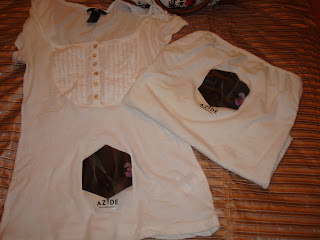Went to the British Museum mainly for the "Manga at the British Museum, by Hoshino Yukinobu". The drawings were amazing, and the layouts he had produced were very influential.
Manga at the British Museum
 |
New Darwin Centre, at Natural History Museum |
 |
| Images of Zines. |
 |
Boxer Beetle Illustration Lorenzo Peteantoni Author Ned Beuman Publisher Hodder and Stoughton |
 |
Editorial Oliver kugler Ullustratord Journal XXI - Vingt et un Publisher Rollin Publications |
 |
UNTITLED |
 |
Iron Man Illustrations |
 |
Fanzines, Teal Triggs |
 |
How to Make Books, Esther K Smith |
 |
| Nadine, Yolanda and Jason - Creative Team "Azide" BRIEF ONE: SCREEN (Final Presentation) Tuesday 18th October 2011 |
 |
| AZIDEs' Homepage |
 |
| Model head (moves 360 with mouse) |
 |
| When click on the solutions it takes you to 1 of 3 options. 1. Portfolio 2. Blog 3. Contact Info |
 |
| The viewer is taken down the tube and into the brain of AZIDE model |
 |
| Solution is then seen entering the particular section which is connected to the brain e.g. Portfolio = Vision, Blog = Memory and Contact = Auditory |
 |
Our Logo - Printed and Iron on by Nadine Brown |
 |
Our Logo - Printed and Iron on by Nadine Brown |
 |
yugop.com homepage |
 |
BLOG! |
 |
First theme test by our team AZIDE |
 |
Illustration ideas taken from all three members in Azide |
 |
AZIDE' new brand identity |
 |
| from Inji sketchbook |
 |
Quote by Nicolas Negroponte, Author |
 |
 |
Front Page |
 |
Pie Chart - Research Breakdown |
 Research Marketing Questionnaires designed |
 |
Science Museum Research |